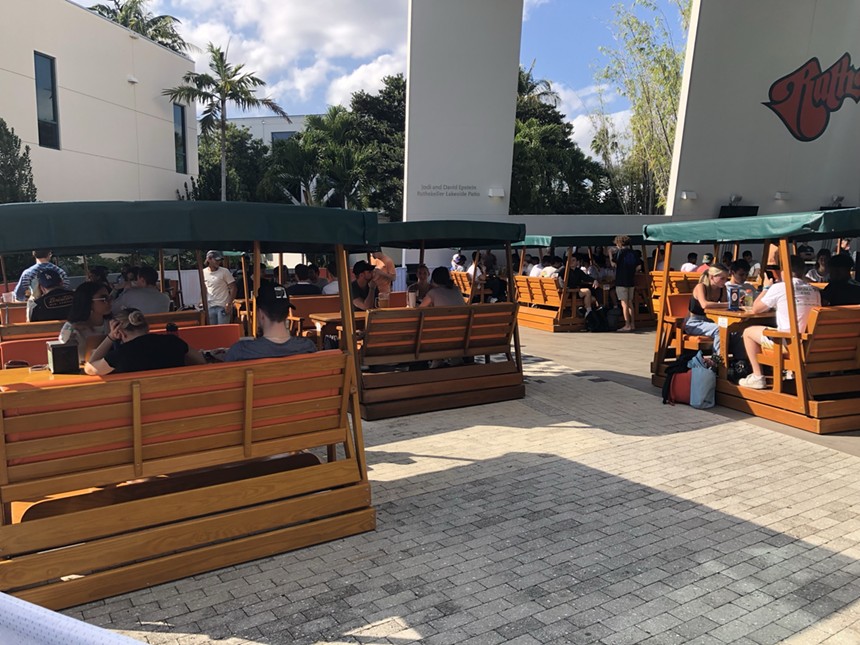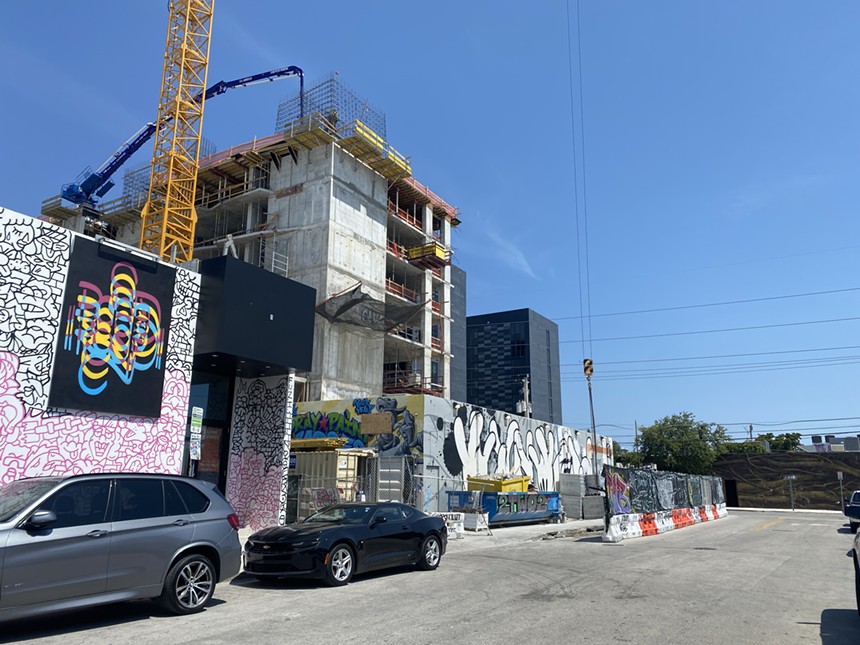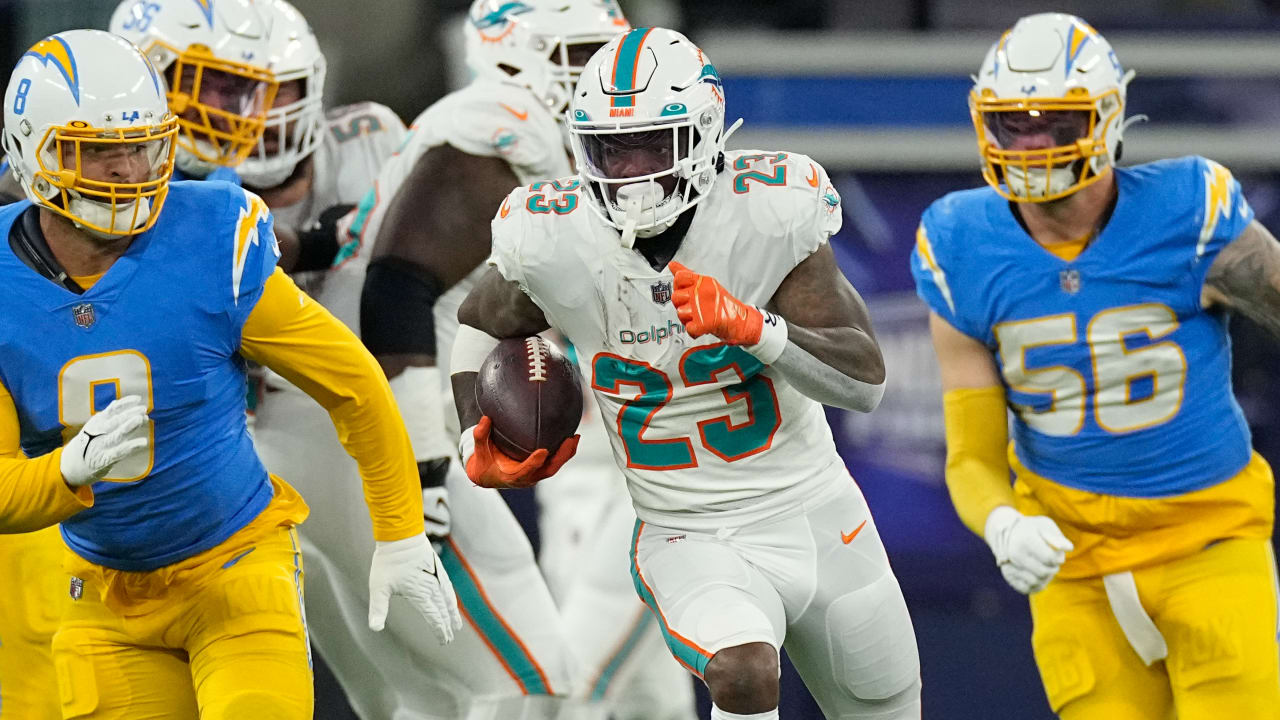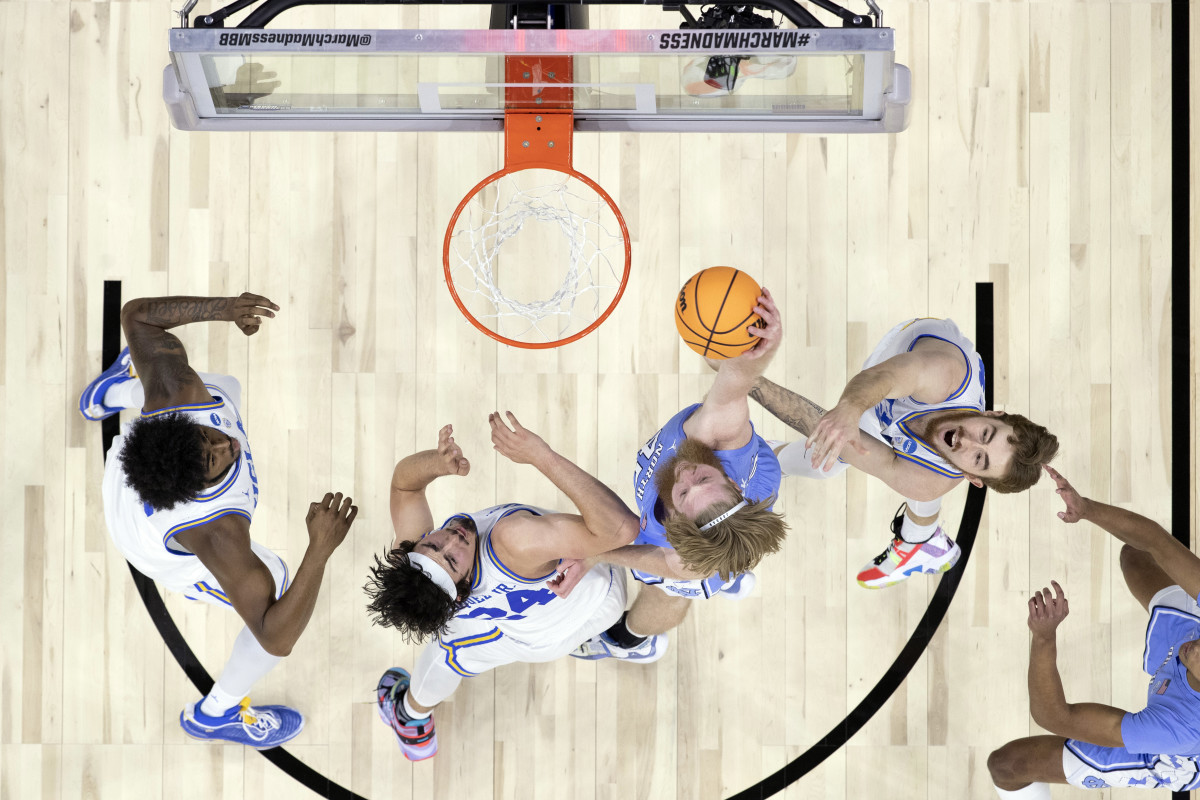Five Accessible Design Fails in Miami
mobility since she started college in the early 1980s.
The U.S. Centers for Disease Control and Prevention states that one in four people will experience some degree of disability in their lifetime. The Americans with Disabilities Act (ADA), which was passed 32 years ago this July, is landmark federal legislation that protects the civil rights of people with disabilities. Because it affects the built environment, some people mistake it for a building or zoning code. But it is a law that passed Congress with bipartisan support in 1990.
Regulations in a book do little for me. People cut corners, get lazy, ignore the rules, and fall short of standards. When this happens, access and essential mobility for residents who use wheelchairs can become impossible. Mayors, commissioners, planning boards, department heads, community leaders, and developers need to make access for all a priority. That’s what it takes, and we’re far from being there.
In my opinion, the public and private sector in greater Miami gets a C-minus when it comes to accommodating people with disabilities. I fully confess that while I care deeply about inclusion for those with visual, hearing, and cognitive impairments, my expertise is through the lens of mobility impairments.
Here are five epic design fails that create barriers for my wife and others with disabilities in South Florida.
A broken LULA lift in Miami Beach
Photo courtesy of Steve Wright
LULA Lifts
Limited Use Limited Access (LULA) lifts are allowed in the building code, but we find that they can break down in less than a year of use. There are several in Miami Beach. The late star architect Michael Graves — who used a power wheelchair for mobility in the last decade of his life — designed three outdoor LULA lifts into a development at Ocean Drive and 15th Street. But they got rusty in the salty air, keys required to operate them got lost, people used them as bathrooms, and eventually, they broke down. Now they’ve been ripped out and there is zero wheelchair access.
In Brickell, LULA lifts are often used as an alternative to ramps. So if a LULA lift is available, it’s often blocked with giant planters or outdoor dining tables. Once the lifts are broken or blocked, wheelchair users are shut out forever.

The controlled-access elevator at Marshalls in downtown Miami
Photo courtesy of Steve Wright
Controlled-Access Elevators
We love shopping at discount department stores, and the Marshalls downtown store is close to my wife’s workplace and our home. The store, near the bayside on Flagler Street, has 99 percent of its access via an escalator. An elevator is hidden within the aging retail complex, far from the escalator. It arrives on the second level of Marshalls, not near the checkout areas. Because Marshalls does not want people to be able to sneak out of the elevator without paying, it has controlled access only. There’s a button to ring, which doesn’t ring. It lists a phone number to call, but the phone is never answered.
A national retailer that earns well over $1 billion per year certainly can invest in putting an elevator in the front so wheelchair users can enter with dignity (or at all). Far worse is that if there was a fire, active shooter, or any other emergency, those unable to use the escalator would be trapped in the middle of the chaos. It seems like this would violate basic building and safety code standards, but the City of Miami has allowed this situation to persist for decades.

A garbage can and flooding block a sidewalk in Miami Beach
Photo courtesy of Steve Wright
Subpar Sidewalks
Miami is a newer city whose population exploded in the automobile era, so it is understandable that it doesn’t have wide, unobstructed sidewalks like northeastern and midwestern cities that came of age when people walked to work and to meet their daily needs. But when I show images of cramped sidewalks — too narrow for a wheelchair barely wider than two feet to use safely, located in historic and high-density areas such as Miami Beach and Little Havana — planners at an international conference in Paris gasped.
San Diego is like Miami — older roots but most of its rapid growth was in the highway era. Yet when I spoke about universal design at a national conference there this year, I found 10-, 12-, and 15-foot-wide sidewalks in the thriving Little Italy, Gas Lamp, Downtown, and Waterfront districts. There is only so much space between buildings on each side of the road and Miami gives almost all of it to cars instead of human beings.
There’s also a single, narrow curb ramp at nearly every intersection. It lines up with neither painted crosswalk. No matter what direction a wheelchair user is traveling, they are forced to veer partway into oncoming traffic to get to the crosswalk protected by the red light. Engineers almost never consider — even in Miami, where flooding and sea-level rise are a growing problem — that just a few inches of water pooled in a curb ramp can kill the battery and mechanicals on a wheelchair that costs $25,000 or more.
Dockless scooters are another hazard to people with disabilities. Miami has a Wild West attitude that results in scooters frequently blocking wheelchair access on sidewalks, crosswalks, curb ramps, and transit stops. Dozens of other cities regulate micromobility and force companies to corral rental bikes and scooters where they do not obstruct mobility.

Inaccessible gliders at the University of Miami’s Rathskeller
Photo courtesy of Steve Wright
Exclusionary Design
I am proud to be half of the team that created and teaches universal design to graduate and undergraduate students at the University of Miami. I was equally proud that a mandatory new-employee video emphasizes diversity and inclusion for all. However, I am deeply saddened that virtually every corner of the Coral Gables main campus has shaded seating in the form of gliders, seating that is 100 percent impossible for a wheelchair user to get into or roll up to even on the outside edge.
The Rathskeller on campus has a large and lovely patio for outdoor dining overlooking Lake Osceola and the fine, leafy campus. All outdoor dining is facilitated with the inaccessible, four-seat gliders. It would be bad enough to isolate wheelchair users at little unshaded tables away from the main seating, but to do so at the prime on-campus bistro for professors and students is exclusionary. We have counted several hundred of these gliders on every corner of campus that humiliate and isolate people with disabilities.

New development blocks the sidewalk, forcing pedestrians into the street, on Northwest Third Avenue.
Photo by Jess Swanson
Development Sites
Greater Miami has hundreds of major development sites. Virtually all of them fence off and block the sidewalk during the two to three years of construction. Developers rake in billions while pedestrians, wheelchair users, the elderly, and young children are exposed to Miami’s reckless drivers. There is no excuse for this. Visit New York, Boston, and Philadelphia, and you’ll find scaffolding in place to maintain safe pedestrian passages. This is not a new thing. There are photos in the 1900s of scaffolding maintaining the sidewalk.
When the city allows total blockage of sidewalks for years on end, a person using a wheelchair might have to cross three lanes of traffic to arrive at the store on the same side of the street. How do we solve these problems? By educating designers and bringing people with disabilities to the table. Why not require that every city hearing and advisory board have a person with a disability on it? Deliverables spelled out in
government contracts must include techniques for getting the disability voice into master plans.
Steve Wright is a Miami-based writer, activist, and educator. He frequently lectures nationally and globally about universal design and works with teams on inclusive urban planning projects. He tweets @stevewright64 and blogs daily about diversity and disability.



